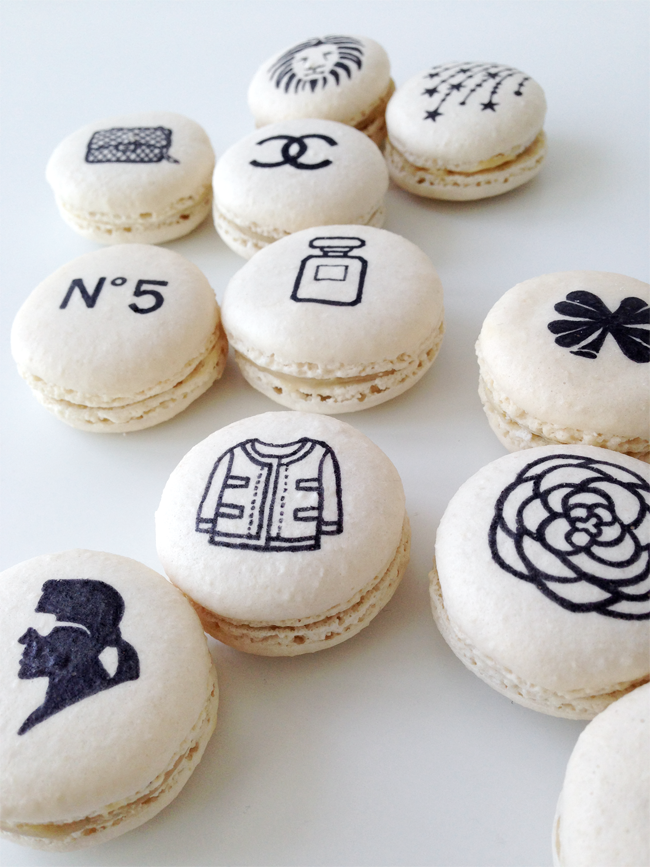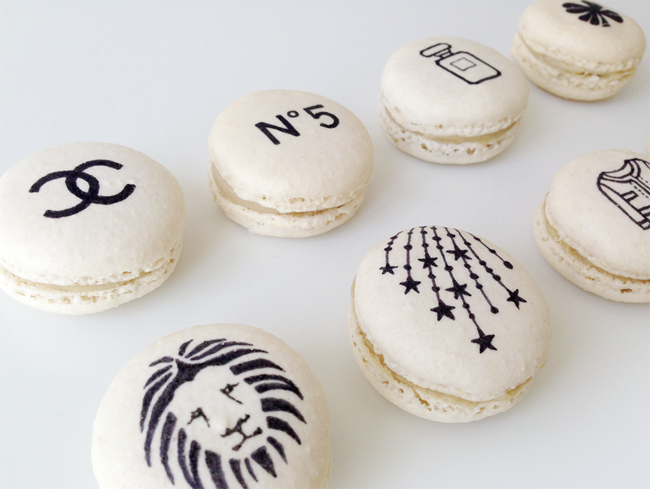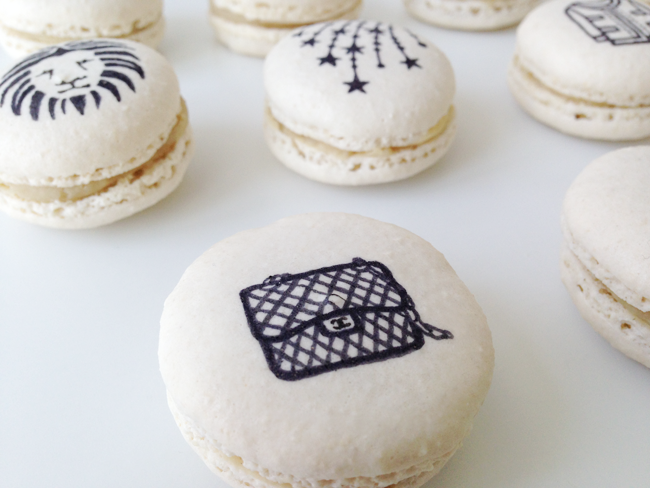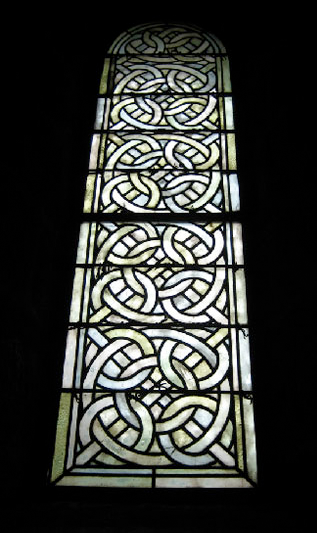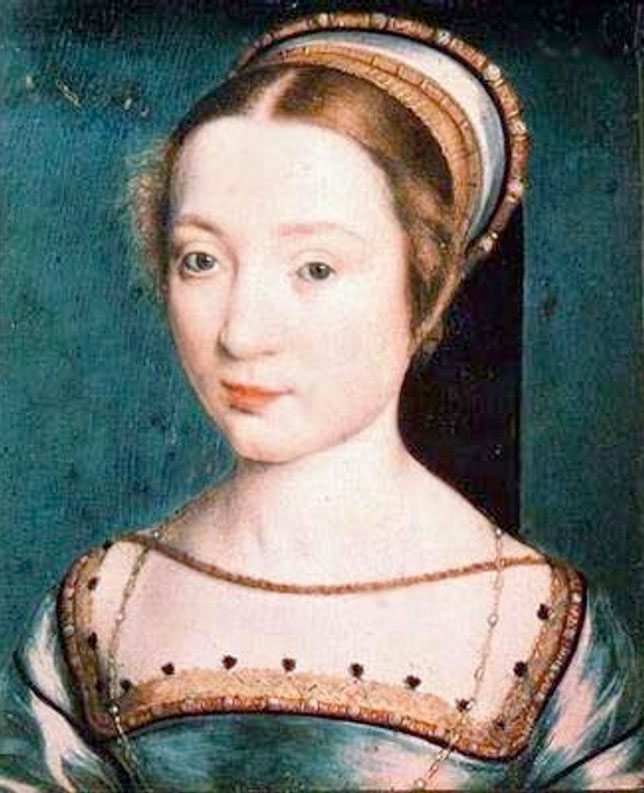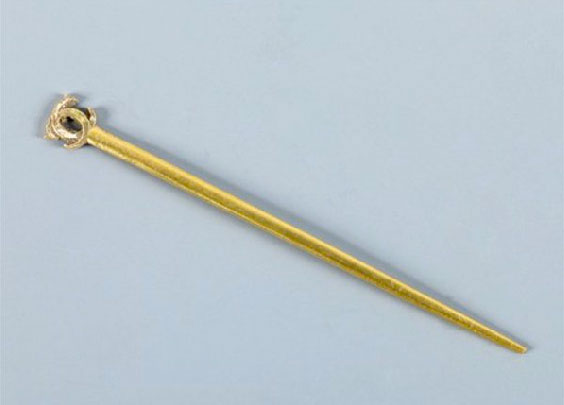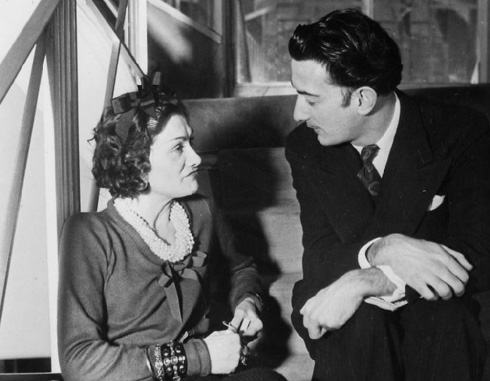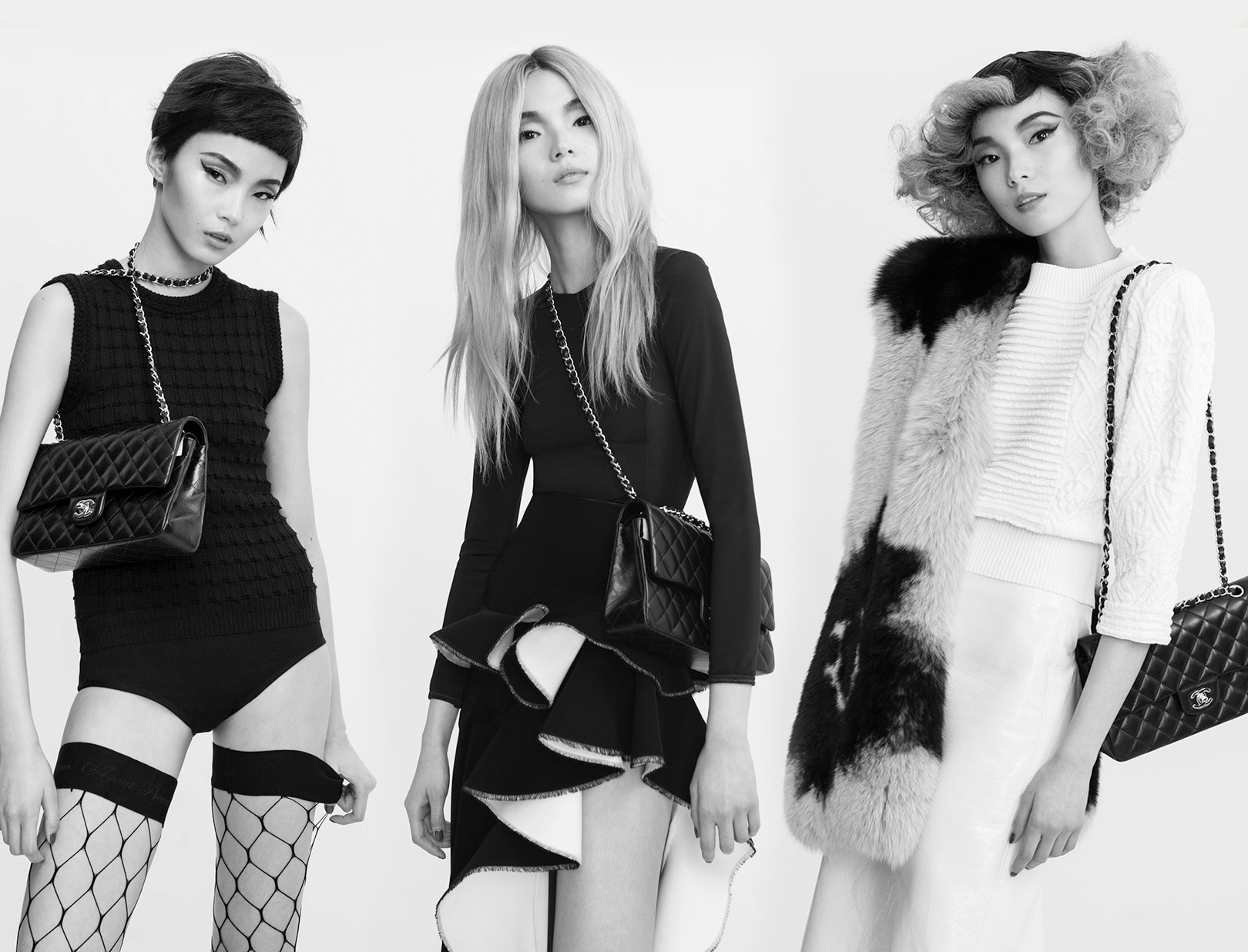Chanel Macarons
I began this project to answer a simple question: What would Chanel macarons look like? After all, combining this delectable French confection with the iconic French fashion house sounded like a marriage made in heaven. As I began my research, most of the Chanel-inspired macarons I found online incorporated the brand's interlocking C logo or pearls, two elements synonymous with the brand. But I wanted to delve deeper and see what other symbols and motifs could be used. What I did not expect was to be taken on an educational journey into the world of Chanel and its designer Gabrielle “Coco.”
I, like many women around the world, have been an admirer of the brand but could never really articulate why until now. The answer is: Chanel is not just about an iconic handbag or perfume but also about the hypnotizing stories and allure the designer conveyed in all the impeccable things she created.
In the end, eleven jasmine-infused macarons were made, marked with something quintessentially Chanel. Interestingly jasmine is a key ingredient in the Chanel No. 5 perfume. Anyways, I would love to share with you how they turned out and what each represents if you do not know already.
Now for the educational part.
Interlocking C's
Coco Chanel designed the fashion house's logo in 1925, simply interlocking two opposing C's and as a result birthing one of the world's most recognizable symbols. It is commonly believed that the C's represent the designer's initials, inspired by the geometric shapes created on the stain glass windows in the Chapel of Aubazine convent orphanage where Coco stayed for nearly seven years of her childhood.
Two queens are also noted for using the interlocking C's, which begs the question if Coco was inspired by something other than the convent windows. Queen Claude of France (1499 – 1524), credited to be the first person thought to use the interlocking C's surrounded herself with her emblem. It can be found at her home, the Château Royal de Blois, where the symbol was carved in white. Interesting the C's served as a personal motto of candidior candidis meaning "the fairest of the fair.”
Queen Claude's daughter-in-law Catherine de Medici (1519 – 1589) adopted the symbol soon after her marriage to Henri II. In 2012 a small hairpin owned by the Italian-born Queen of France was discovered that has a striking resemblance to the Chanel logo. Both Catherine and Chanel shared a love for jewelry and had many of their pieces stolen upon their deaths.
It is also said that while visiting one of her friend, Irène Bretz's Château Crémat in Nice, Coco Chanel was inspired by interlocking C's peppered throughout the home.
The last and most romantic interpretation of the Chanel logo is that it symbolizes Coco herself and her lover Boy Capel, an wealthy Englishman who played an integral part in Chanel's life both personally and professionally. He fueled her curiosity in literature and art and financially invested in the beginnings of her business endeavors, including her first boutiques. It is said that the more masculine and simple Chanel Look was inspired by Capel's very own clothing style. The relationship abruptly ended in 1919 when Capel died in a motor accident and Coco created the logo soon after to forever interlock their love.
The Number Five
Five was Chanel's lucky number - she was known to present her collections on the fifth day of the fifth month to bring her good luck. This somewhat superstitious association with the number started as a child during her days at the orphanage. Everyday she would see circular patterns repeating in the number five along the pathway to the cathedral where she did her daily prayers. The hillsides of the convent where Chanel frequented were covered with cistus flowers, five-petal roses that would later be an ingredient in her No.5 perfume.
Chanel was also well-versed in the "Golden Ratio of Pythagoras," which after all this reading I am still not completely sure what it is. I gather it is a mathematical formula that compromises of five intersecting lines that form a perfect star and was the architectural basis of historical buildings like the Parthenon as well as the cathedrals and abbeys Chanel was surrounded by.
No. 5: The Perfume
As the story goes, in 1920 the Russian-French master perfumer Ernest Beaux lined up several glass vials of scents numbered 1-5 and 20-24 for Chanel to sample and she unequivocally chose the fifth one. The perfume was released, of course, on the fifth day of the fifth month in 1922 and was an instant hit and still to this day is the bestselling perfume in the world.
Chanel No.5 was revolutionary for its time, both in scent and bottle. Beaux used 80 notes including the never-before-used aldehydes to create this uniquely modern yet clean scent, contrary to the popular single-flower scents favored by “respectable” women and more heavy animal musk scents favored by the more daring. Likewise, unlike the extremely ornate perfume bottles of the time, Chanel No.5’s bottle was extremely minimalist, believed to be inspired by the rectangular lines of Charvet toiletry bottles and possibly even Place Vendôme as you can see below. The later theory I find completely ingenious!
“What do I wear to bed? Why, Chanel No.5, of course.”
Four-Leaf Clover
Chanel loved to surround herself with lucky charms, her favorite being the four-leaf clover both rare and symmetrical in design. Each leaf represents faith, hope, love and luck. It is very rare that you see a four-leaf clover as most only have three leaves. I know this very well as I remember combing through a field for hours as a child while my brothers played tag. I was indeed lucky and found one, still pressed into an old book. But I digress.
Leo
Chanel once said, “August 19th is my birthday. I was born under the sign of Leo. I am a Leo and, like a lion, I use my claws to prevent people from doing me harm, but, believe me, I suffer more from scratching than from being scratched.” Chanel saw herself in these lions – strong, wise and filled with justice. As a result, she surrounded herself with models of lions in her apartment at 31 rue Cambon and wove them into many of her jewelry and clothing pieces. Even after her death, she is protected by five lion heads that overlook her burial grounds, as you can see in the below.
Constellations and Shooting Stars
Chanel not only loved her horoscope sign but anything related to constellations and stars and wanted to cover women in them. So deep was her affinity for the evening lights that Chanel's first jewelry collection in 1932 was inspired by them. She created beautiful pieces that featured the Leo constellation, starbursts and comets that symbolize dreams of happiness and freedom and wishes coming true.
Tweed Jacket
In 1954 the prevailing fashion was flamboyant and over the top. Chanel, sensing the changing times, created a men’s-inspired jacket that singlehanded changed the course of fashion. The jacket was shocking minimalist and nonchalant but more importantly easy for women to move in with its straight, non-restricting lines. Made of tweed, the jacket had four matching pockets with buttons stamped with Chanel’s iconic logo and lined at the based with a thin chain to ensure that the jacket laid perfectly. A revolutionary success, the Chanel tweed jacket continues to be reinvented and admired today.
The 2.55 Bag
The 2.55 bag is one of the most iconic and desirable bags in the world. I would like to call it the holy grail of handbags. It is named after the month and year it was launched - February 1955 and was the first hands-free bag that was meant to be functional yet extremely stylish. The strap, inspired by the chain waist belt that the caretakers at Chanel’s orphanage would hang their keys on, was easily adjustable. Again Chanel pulled from her days at the orphanage - her childhood uniform color inspired the burgundy lining. The bag had multiple pockets, a secret compartment where Chanel supposedly hid her love letters and another back pocket where extra money was kept. The original bag was made out of jersey fabric and had a rectangular-style lock but today many different interpretations of the bag continue to swoon Chanel lovers’ hearts including me.
Camellia
The camellia was Chanel's favorite flower, loved for its pure simplicity and symmetrically perfect shape. The white bloom, the symbol of eternal youth in Japanese tradition, was a strong and hearty flower, just like Chanel herself. Similarly, the camellia was reflective of the work that Chanel was creating, a bit understated and demure yet extremely beautiful and complex. It is a favorite motif among ladies who love all things feminine.
Karl Lagerfeld
Karl Lagerfeld, with his iconic white hair, black sunglasses and striking black and white outfits, is the creative force behind the House of Chanel. When Lagerfeld joined in 1983, at which point Coco Chanel had passed for over ten years, the brand was a weak force in the fashion world with its primary sales coming from its Chanel No.5 perfume. Lagerfeld took to the Chanel archives, reintroducing classic brand motifs mentioned throughout this page but reinterpreted for the modern times. At 80 years young, Lagerfeld, who amazingly does not have a cellphone, still births works of art that solidify Chanel as one of the most desirable brands in the world.
Pearls
And last but not least the perfectly round pearl. Pearls, elegant and illuminous, were a favorite of Chanel. It is said she first fell in love with them after seeing the Byzantine mosaics of Ravenna and the works of Renaissance painters. She was captivated by the natural gem’s opulent glowing color and was famously known for wearing multiple strands of pearls, a look that is still seen on today’s favorite celebrities. Rihanna's look below is just breathtaking.
Well, there you have it. After all that research, drawing and writing, I think it is time for me to enjoy some macarons. You should definitely do the same.

